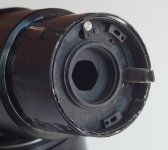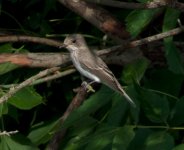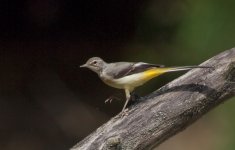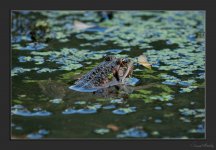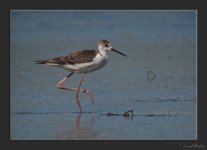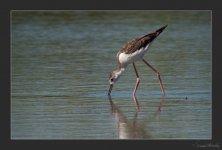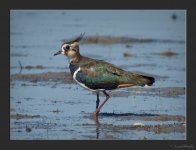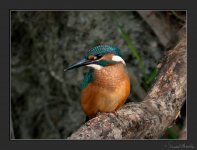Paul Corfield
Well-known member
Nice. How do you stop it down to f13?
On the SW80ED the lens cap has an extra removable cap to reveal a 50mm hole. Put the lens cap on the scope and remove the smaller cap and this stops the scope down to F12.
I made some other inserts to stop it down even smaller, works really well on bright sunny days and still allows enough shutter speed. It can be a bit hard to focus if you increase the depth of field too much though.
Paul.




